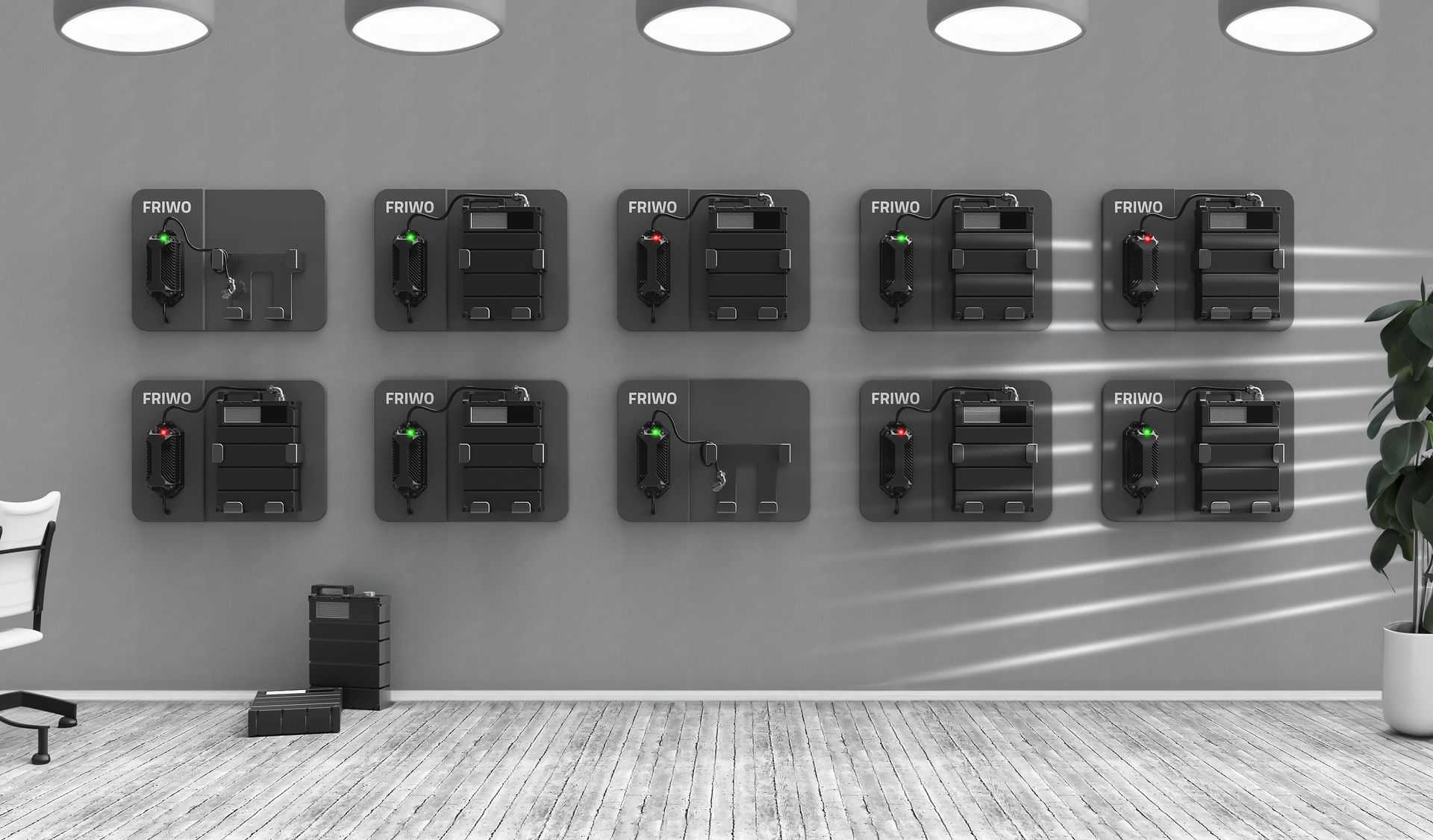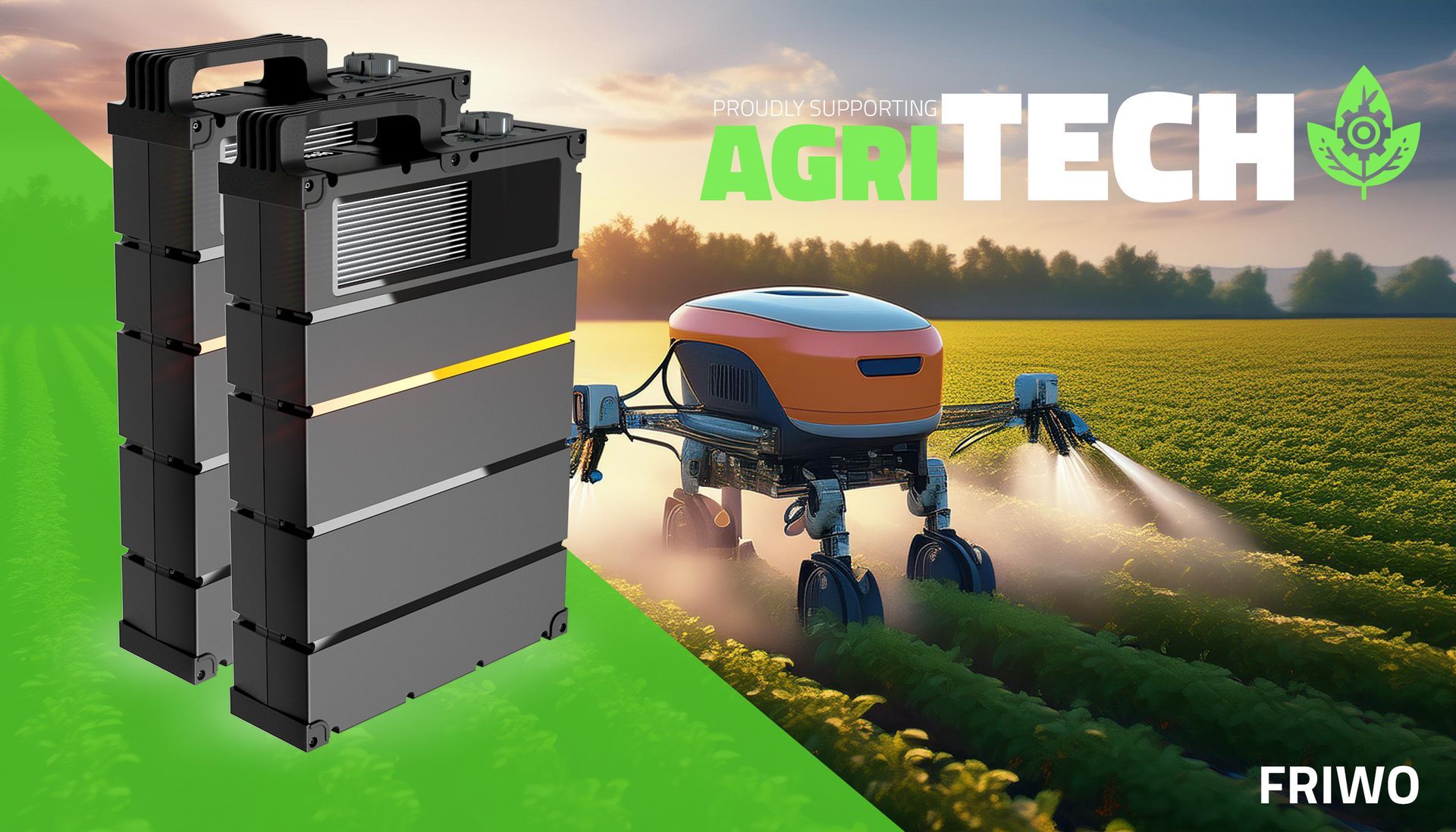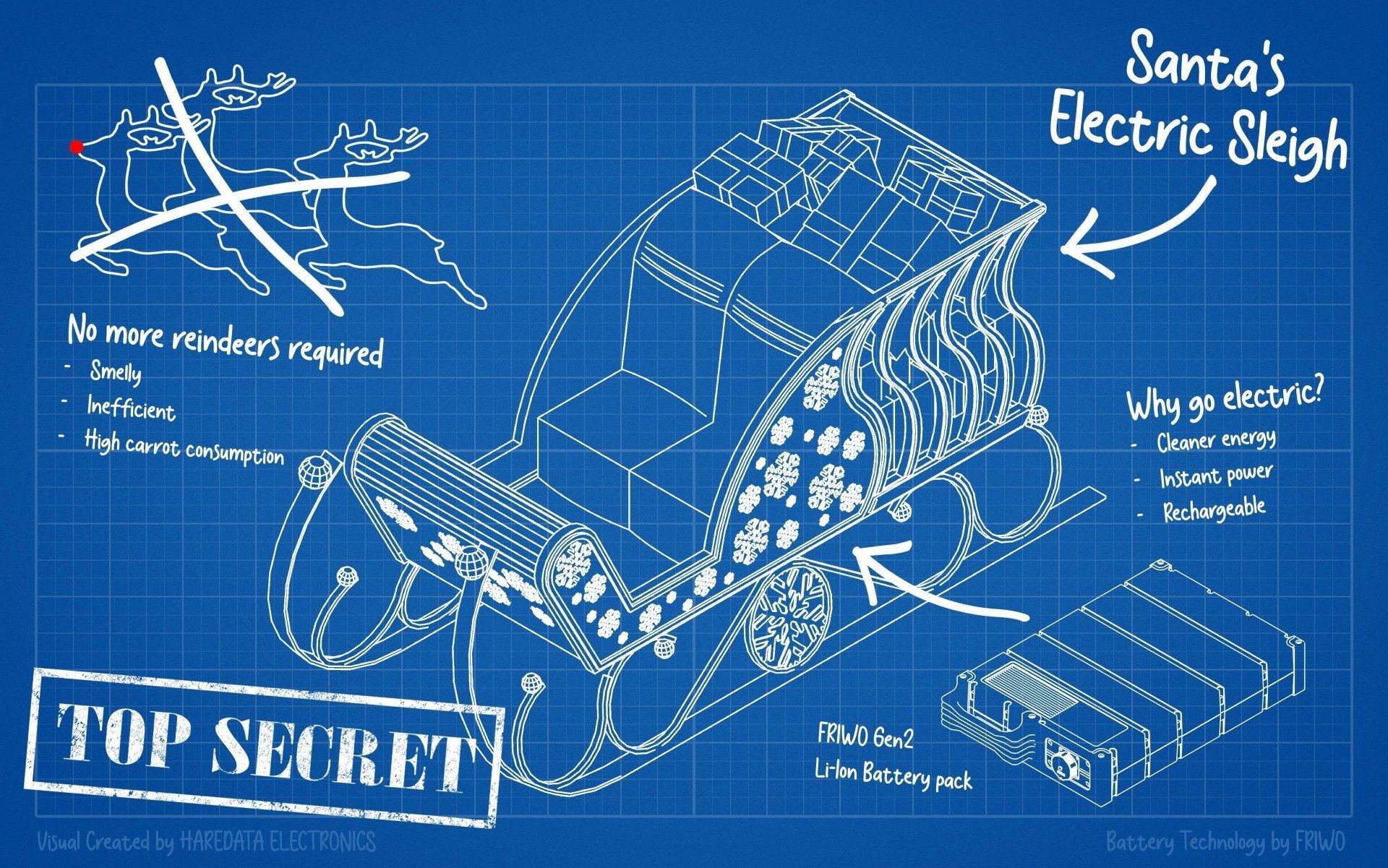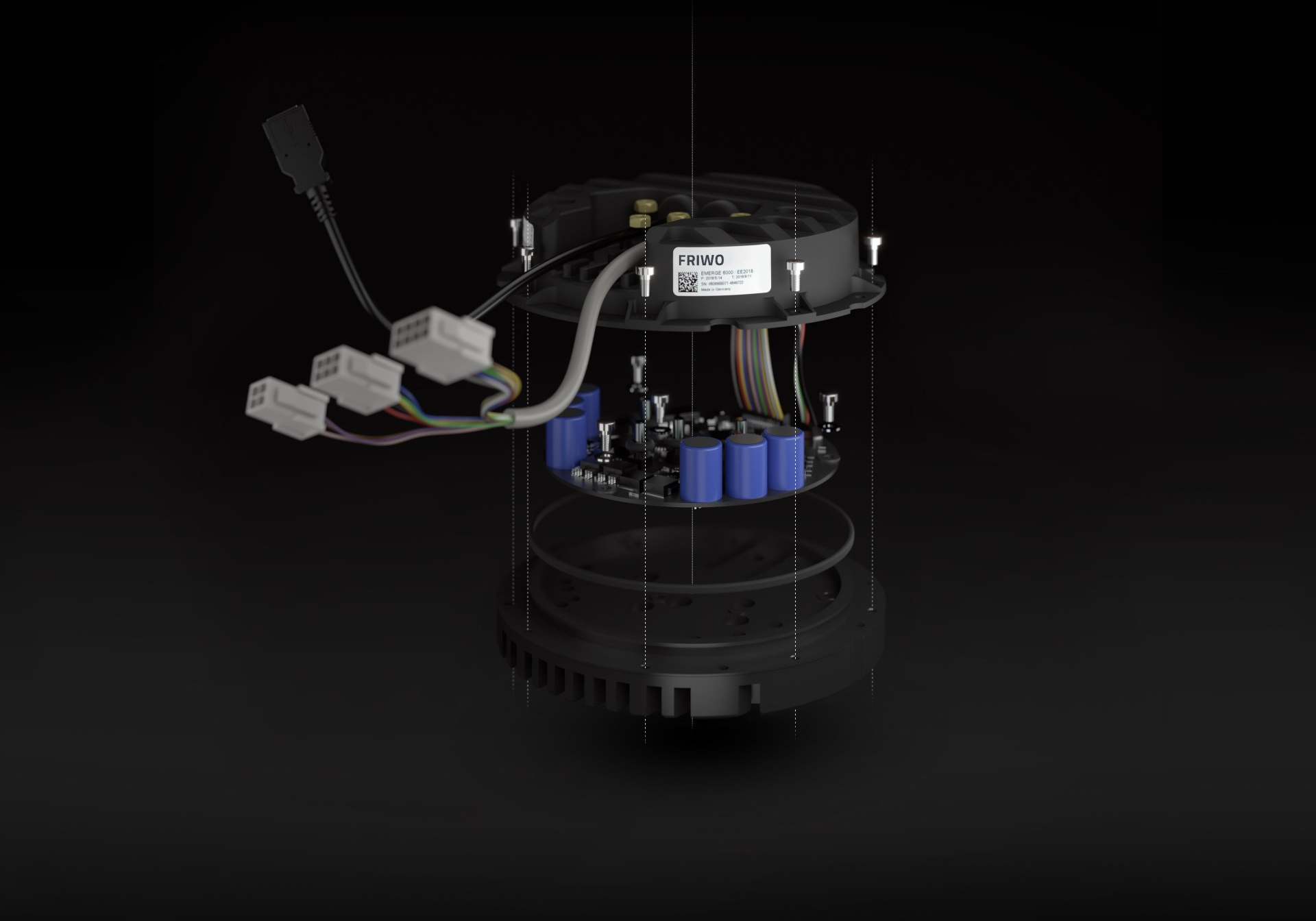Lithium ion batteries to power the future!
Li-ion Batteries Usage is set to grow at an unprecedented rate!
Li-ion requirements in 2020 and the decade ahead is set to rise at a supersonic pace due to the electrification of almost everything.
Historically, Li-ion Batteries have been powering consumer devices but now with the world fixated on carbon neutral targets this has shifted into transportation and electric utilities and it seems there is a race to incorporate Li-ion into new technology such as cars, motorbikes, other vehicles robotics and an array of warehouse technology. With such demand forecast it is inevitable that there is a scramble to find a solution that will offer more power than the current Lithium Ion battery but for now it is here to stay.
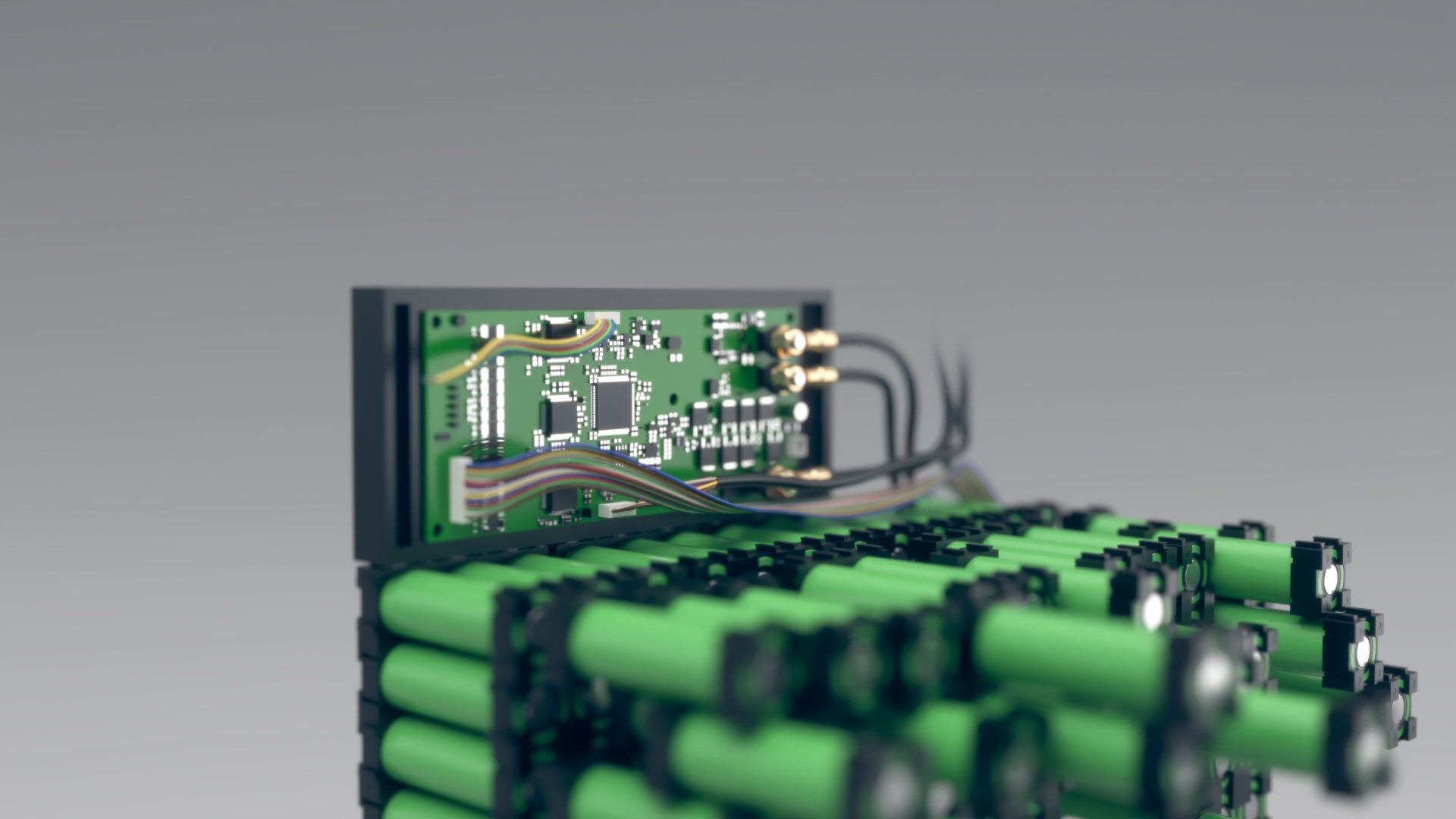
The focus should remain on improving current battery performance and one consideration could be to utilise the current battery technology in a smarter way. Use smart CAN-Bus interfaces and software to set limitations and calculate state of charge. Adopt Li Ion batteries that have built in technology such as short circuit protection, over and under voltage protection and recovery features. Combining this with over- temperature protection will enable maximum usage of the Li-ion battery whilst maintaining safe discharge.
Another consideration to increase capacity is to combine several batteries in a parallel formation and use CAN-Bus technology to distribute the power and therefore building a larger capacity battery grid.
With a couple of firmware tweaks the batteries could be synchronized and will deliver a larger amount of power.
The visual shows 20 packs to give a 804Ah Capacity.
However can safety combine 50 packs which would give you 2,010Ah!
Whilst improving the battery performance, you may want to consider charge speed. To improve speed in a smart Li-ion battery you should focus your attention to the battery charger itself. Select a reliable battery charger that is built with Tier 1 components which delivers the correct amount of current. You should use a battery charger that has the ability to monitor the health and cell state of the battery. Using that information a smart charger will use the right amount of current to charge the battery in the quickest possible time without damaging the battery cells.
There are a number of ways to take care of your Li- ion battery and increase the life cycle:
1 – Keep your batteries at room temperature if they a regularly charged and discharged.
2 – Think about increasing the battery capacity rather than carrying a spare - Surprisingly a battery that isn't used often and stored fully charged will see a reduction in capacity and performance quite rapidly.
3 – Allow partial discharges and avoid full discharges.
4- If you have a battery as a spare for example, discharge it to about 40% and store at roughly a refrigerator temperature.
If you are embarking on a project that requires Li-ion batteries, chargers or are looking at electrifying a vehicle please contact Haredata Electronics by emailing hello@haredata.co.uk or give us a call on 01423 796240 - Let Haredata Electronics power your success!
Found something of interest?
Contact Us!
While you're here, why not read some of our other blog posts?
We are sure you'll find something interesting!
